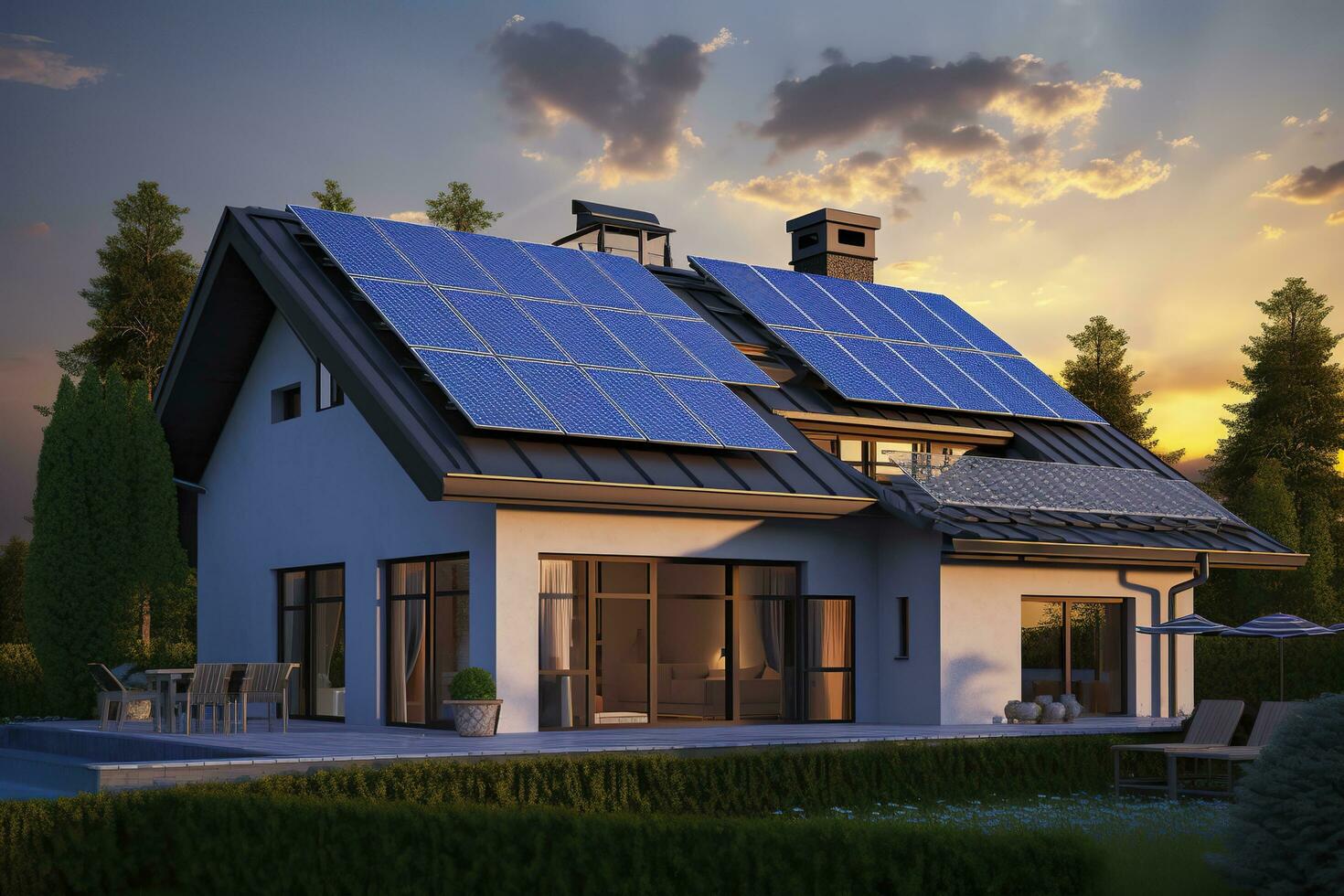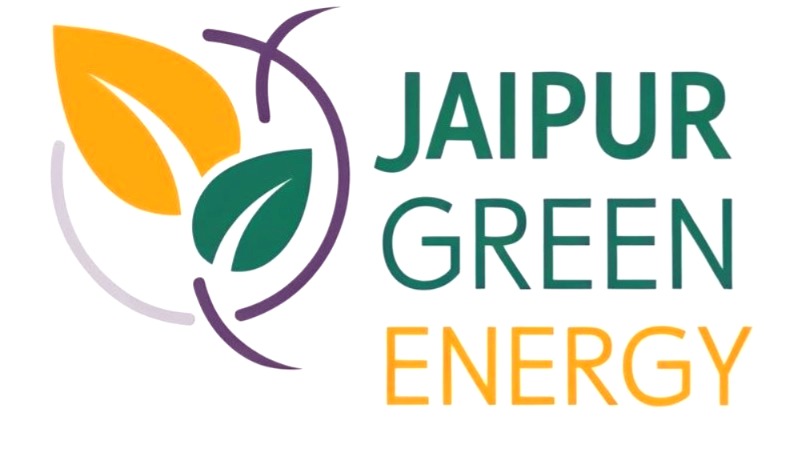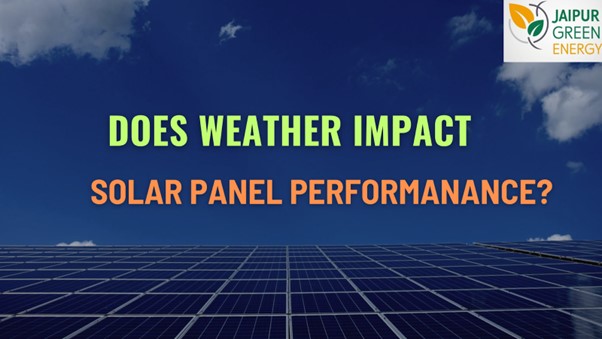Extreme weather events are becoming more frequent and intense due to climate change, posing a significant challenge to the resilience of solar power systems. While solar panels are designed to be durable, they can be affected by various weather conditions. Understanding these effects and implementing strategies to mitigate them is critical for ensuring the longevity and efficiency of solar installations.
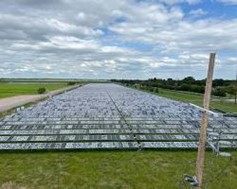
Impact of Different Weather Conditions
1) Heatwaves
High temperatures can reduce the efficiency of solar panels. For every degree Celsius above 25°C, the efficiency can decrease by about 0.5%. This is because solar cells generate more heat as the temperature rises, leading to increased electrical resistance and reduced power output. Prolonged exposure to extreme heat can also degrade materials, reducing the lifespan of the panels.
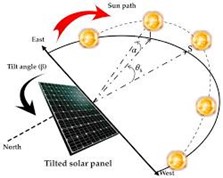
Mitigation Strategies
- Use panels designed with high-temperature tolerance and lower temperature coefficients.
- Ensure adequate ventilation for rooftop systems to reduce heat buildup.
- Install reflective coatings or shading systems to minimize direct exposure to heat.
2) Hailstorms
Hail can cause significant damage to solar panels, ranging from minor cracks to complete shattering. The impact of hail depends on the size and intensity of the hailstones. Even small cracks can reduce the efficiency of the panels and allow moisture to seep in, causing further degradation over time.
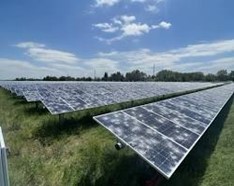
Mitigation Strategies
- Opt for panels with tempered glass and certifications for hail resistance.
- Install protective covers or mesh screens to shield panels during hailstorms.
- Regularly inspect panels after storms to identify and address damage promptly.
3) Strong Winds
High winds can dislodge or damage solar panels, especially if they are not properly secured. Wind gusts can also cause vibrations that lead to fatigue and premature failure of the panels and their mounting structures. In extreme cases, panels can be torn off, posing safety hazards.
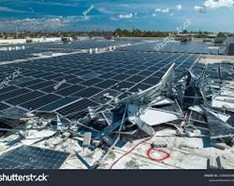
Mitigation Strategies
- Use sturdy and wind-tested mounting systems to secure panels.
- Conduct structural assessments to ensure the installation can withstand local wind speeds.
- Anchor ground-mounted systems deeply into the soil or use reinforced foundations.
4) Snow and Ice
Heavy snowfall can block sunlight and reduce energy production. Snow accumulation can also add weight to the panels and their mounting structures, potentially causing damage. Ice formation can exacerbate these issues by increasing stress on panel surfaces and mounts
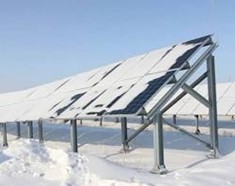
Mitigation Strategies
- Install panels at an angle to allow snow to slide off naturally.
- Use anti-icing coatings to prevent ice buildup.
- Consider snow guards or deflectors to control the movement of snow.
5) Floods
Flooding can submerge solar panels, causing electrical damage and short circuits. Water can also seep into the panels, leading to corrosion and degradation. Flooding is particularly hazardous for ground-mounted systems in low-lying areas.

Mitigation Strategies
- Elevate ground-mounted systems above potential flood levels.
- Seal electrical components to prevent water ingress.
- Use waterproof junction boxes and cables.
Mitigating the Impact of Extreme Weather
1) Proper Installation
Professional installation is crucial to ensure that solar panels are securely mounted and can withstand extreme weather conditions. A well-installed system can resist high winds, heavy snow, and other stresses more effectively.
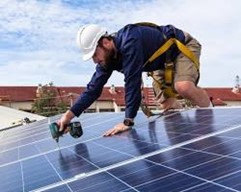
2) High-Quality Materials
Using high-quality, impact-resistant materials for panels and mounting structures improves durability. Panels with certifications for resistance to specific weather conditions, such as hail or wind, offer added protection.
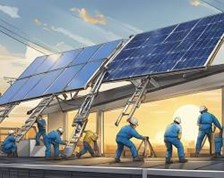
3) Regular Maintenance
Regular inspections and maintenance can help identify and address potential issues before they become major problems. Cleaning panels, checking for cracks, and tightening mounts are essential maintenance tasks.
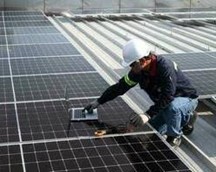
4) Weather Monitoring
Monitoring weather forecasts can help prepare for extreme weather events. This allows for preventive measures such as disconnecting the system, securing the panels, or activating protective mechanisms.

5) Insurance Coverage
Consider purchasing insurance coverage for your solar panel system to protect against damage from extreme weather events. Policies can cover repairs, replacements, and other associated costs
Conclusion
By understanding the potential impacts of extreme weather on solar panels and adopting appropriate mitigation strategies, solar power systems can remain reliable and efficient. Investing in high-quality materials, professional installation, and regular maintenance ensures long-term performance and resilience. With advancements in technology, the solar industry continues to adapt, offering solutions that make solar energy a sustainable choice even in the face of a changing climate.
"Jaipur Green Energy" team is here to help, if you need more information.
Have any questions? call us
+91 9414 55 3440
For Reading this Blog in Hindi, Click here.
